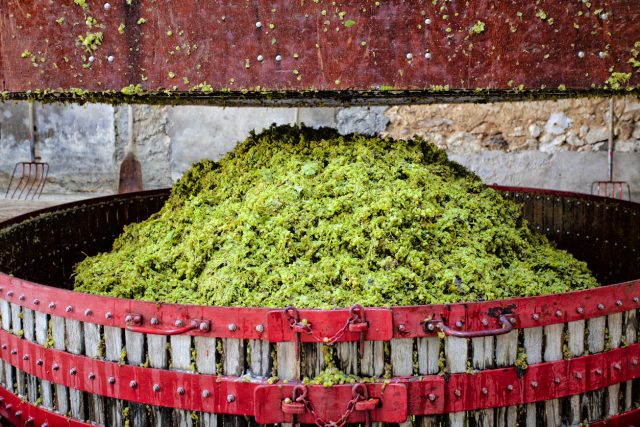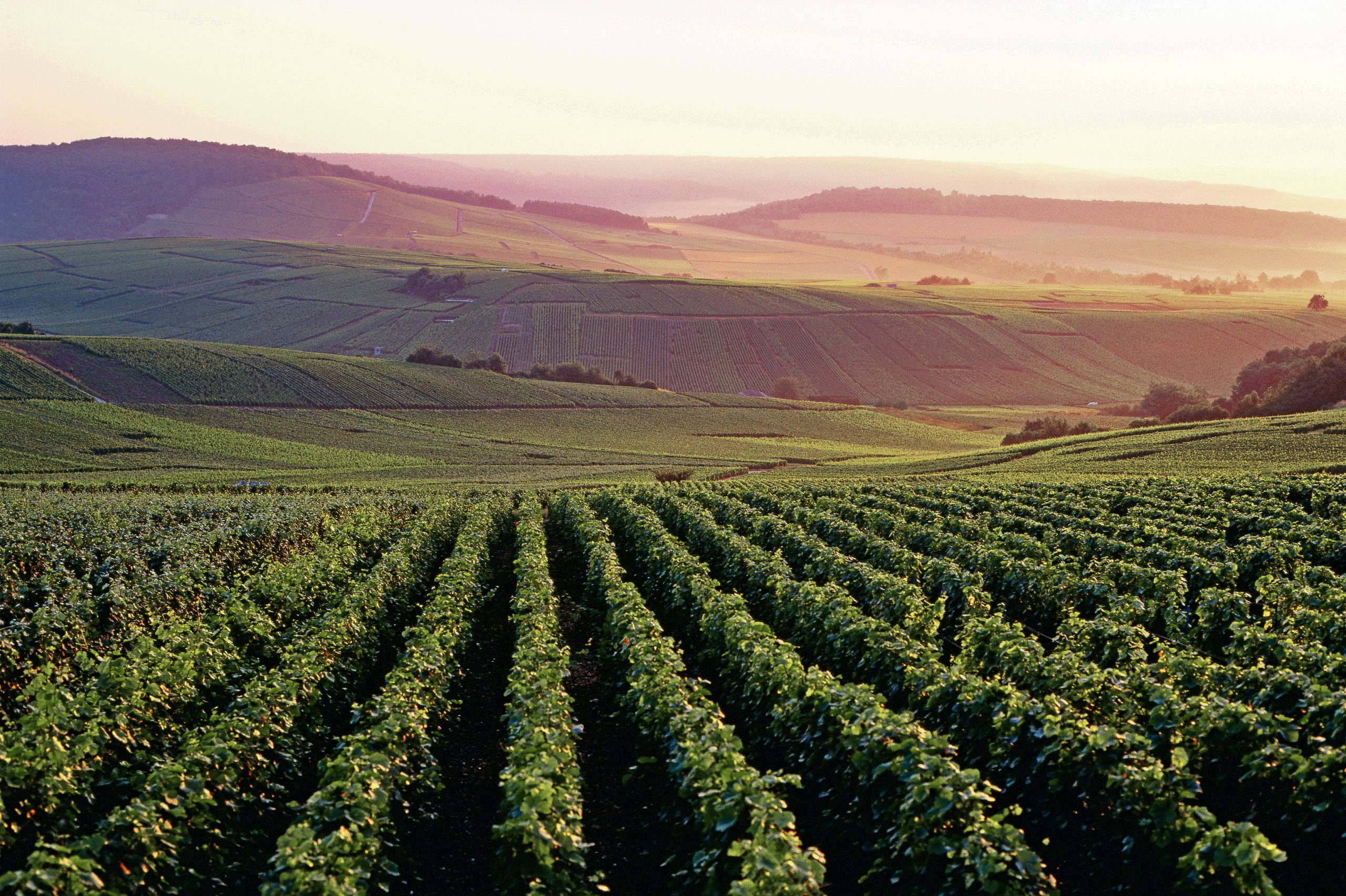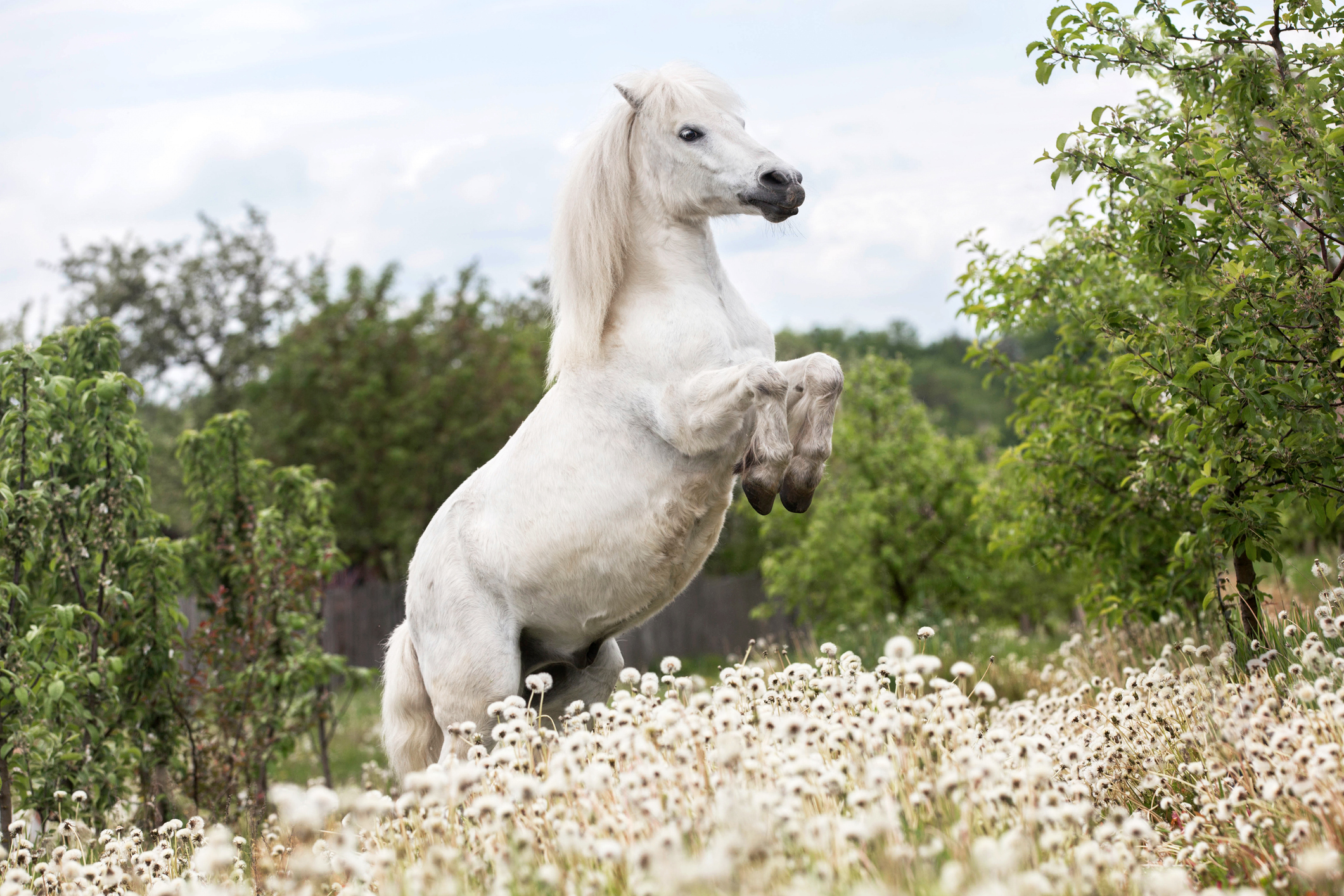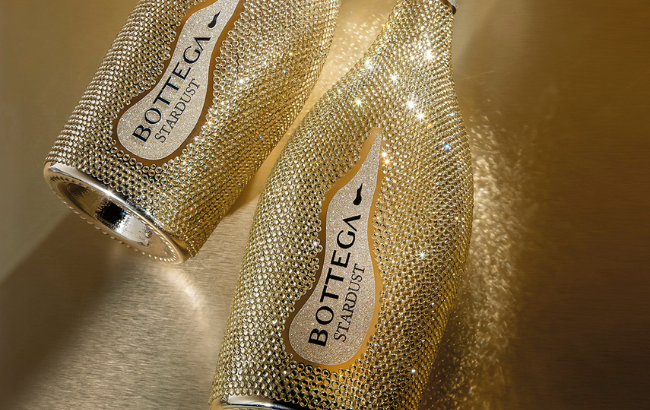Champagne limits yields to below 290m bottles for 2024
By Patrick SchmittGrowers and producers in Champagne have agreed to cap the number of grapes that can be made into sparkling wine from this year’s harvest to ensure that the vintage yields fewer than 290 million bottles, which is one of the lowest levels seen this century.

Following a meeting on 19 July between the co-presidents of the Comité Champagne – David Chatillon, representing the houses, and Maxime Toubart, who heads up the winegrowers – it was decided that the limit on yields for the 2024 harvest would be 10,000kg/ha, which is down a little more than 12% on last year’s vintage, when the cap was set at 11,400kg/ha (and almost 17% lower than in 2022, when it was 12,000kg/ha).
With the Champagne appellation covering around 34,300 hectares, and approximately 1.2kg of grapes required to produce a bottle of the prized French fizz, this year’s limit on yields of 10,000kg/ha represents a little more than 285.8m bottles – which is around 13m bottles below the total number of bottles shipped in 2023, which totalled 299m.
It should be added that the 10,000kg/ha represents the ‘available’ or ‘commercialisable’ yield, which is the maximum amount that can be made into wine for selling from this harvest.
Should the natural yield produce more berries, then it may be possible for growers to harvest them to go into a store of wine, known as a reserve, which can be used to help the Champenois should there be a shortfall of grapes in the future.
The issue of reserves aside, why has the region decided to impose such a low limit, relative to other harvests this century, except for the 2020 vintage – when the full impact of Covid-related lockdowns were being felt, and the region capped production at 8,000kg/ha (which represents around 226.7m bottles)?
Setting the yields in Champagne is a complex process, requiring many elements, which include current levels of demand for the product, forecasted sales for the longer term, and existing levels of stock in the region – as well as markets.
In terms of the situation for the region right now, Champagne is sitting on fairly high levels of stock, with the equivalent of around four years’ worth of sales in producers’ cellars on average – when three years is considered ideal – while shipments are down in the first half of 2024 by a little more than 15% compared to the same period in 2023.
Also, due to the geopolitical situation, and the high prices of Champagne, it appears unlikely that volume sales of the product will rise to significantly higher levels in the near future, such as those seen in a post-pandemic boom, when shipments hit 326m bottles in 2022.
Indeed, figures sent to db from the Comité Champagne this week show that shipments in the first half of this year are 106.7m bottles, which is as much as 15.2% down compared to the same period in 2023.
However, the first six months of 2023 was a strong period for Champagne shipments, with trade demand falling markedly in the second half of last year, taking the year-end figure to just below a symbolic 300m for the region.
In other words, the decline being suffered this year is relative to a time of high demand for Champagne. It should also be noted that last year, while shipments were back to levels seen before the pandemic, the turnover of the region was near its peak of €6.3bn, which was set in 2022.
Commenting on the reasons behind the decision to cap yields for this year’s harvest at 10,000kg/ha, Chatillon focused on the issue of stocks, current demand, and high prices.
“The sluggish global geopolitical and economic situation and widespread inflation are weighing on household consumption,” he said, before also noting that, “Champagne continues to suffer the consequences of overstocking by distributors in 2021 and 2022.”
Meanwhile, it should be stressed that the natural conditions in Champagne right now are not conducive to harvesting large quantities of grapes.
Partner Content
When announcing the “available yield for 2024”, the Comité Champagne commented on “an exceptionally rainy growing season”, noting that the “entire vineyard” has “suffered from strong but controlled mildew pressure”.
Furthermore, spring frosts and hail had have “a moderate impact on harvest potential (around 10%)”, it said, while “vine development is 5 to 6 days behind the ten-year average”, with harvesting “scheduled to start around September”.
Commenting on the vintage, Toubart said, “Mildew pressure is high, but remains under control overall, at the cost of a great deal of hard work.”
Such have been the challenges so far this year for growers in Champagne, at a press launch for Dom Pérignon 2015 earlier this month in London, attendees were told by the prestige cuvée’s cellar master, Vincent Chaperon, that yields could naturally be as low as 8,000kg/ha.
Due to poor conditions during flowering and fruit set, as well as mildew from warm wet conditions in the Champagne this year, Chaperon said that the estimated average production for 2024 is 8-9,000kg/ha, although “there is great variation”, with parts of the more southerly Aube region suffering the most.
“In some places, they are expecting to harvest 2,000kg/ha,” he said.
In other, nature may prevent growers reaching the artificially imposed yield limit, let alone be able to harvest additional grapes for bolstering reserves.
Nevertheless, Chaperon is hopeful that a low-yielding vintage could be a good one in terms of quality.
“If the sun starts shining it could be a very qualitative year, because a moderated yield in Champagne is for the best,” he said, before noting that “the bunches are quite loose, which is good for circulation, and so good for maturation.”
He also said that the region had already seen enough rain for the entire year, with as much as 500mm in the past two months.
“Honestly, it has been raining so much that at a certain moment I am convinced it will stop,” he said.
More generally, he commented, “The cycles of water are more and more extreme, so there is a long accumulation in the clouds, so longer periods of drought – more and more we have 5-6 months without rain – then at a certain point, the rain falls, and we have a period of great quantities.”
Read more
The top 10 trends shaping Champagne in 2024
Champagne agrees big yield increase for 2022 harvest as sales continue to surge
Related news
The 'family spirit' behind Champagne Gardet's 130th anniversary




